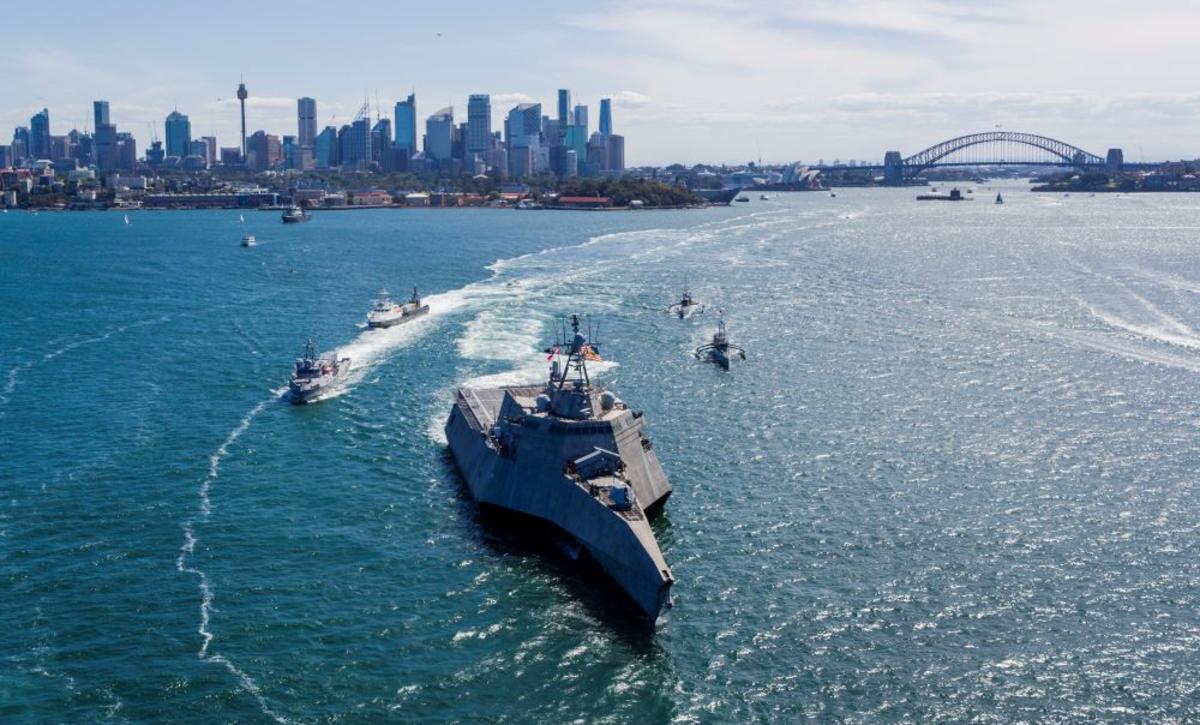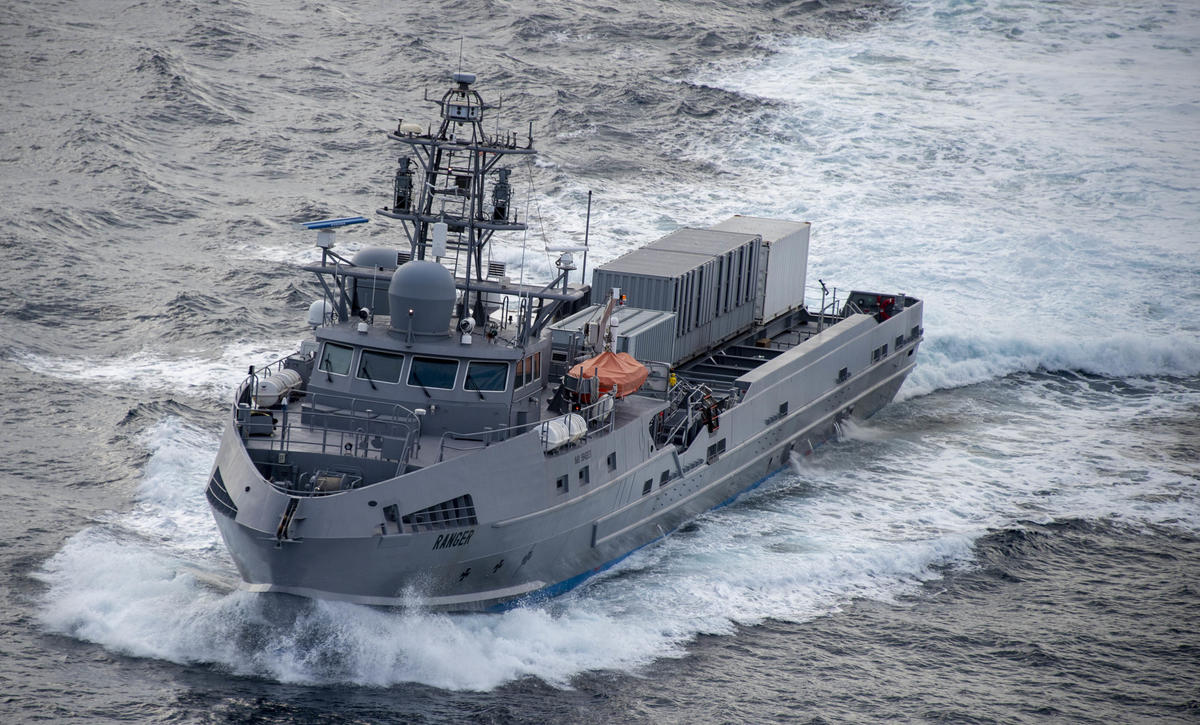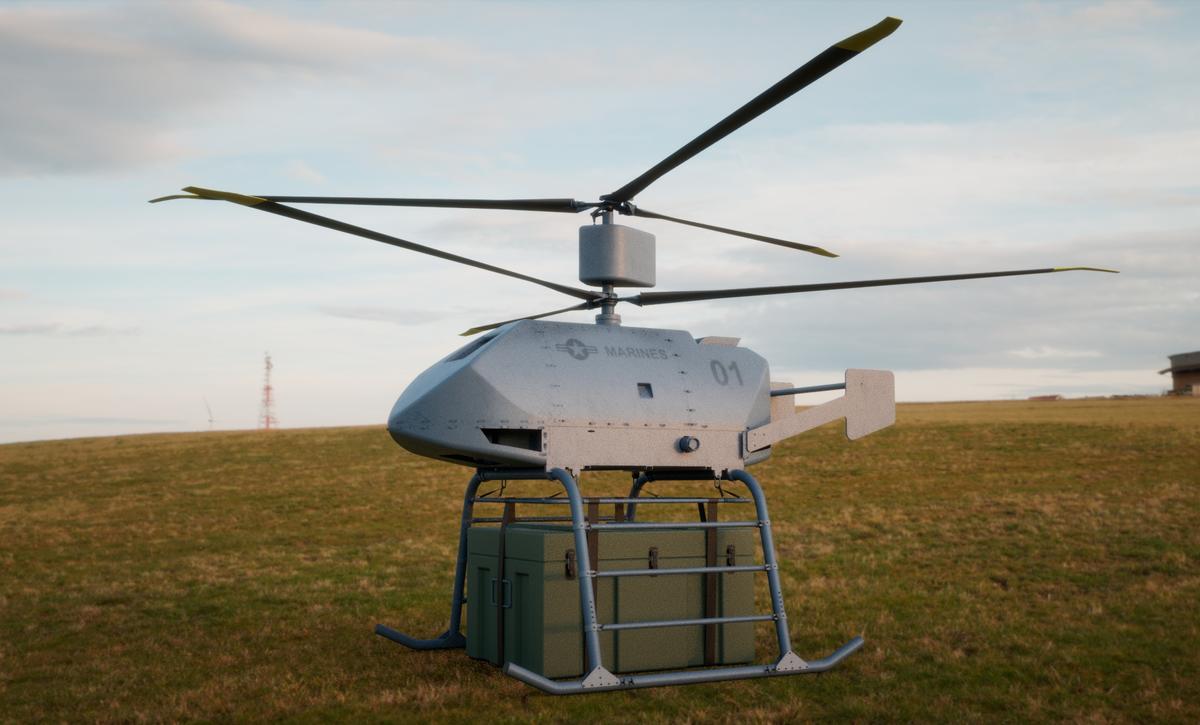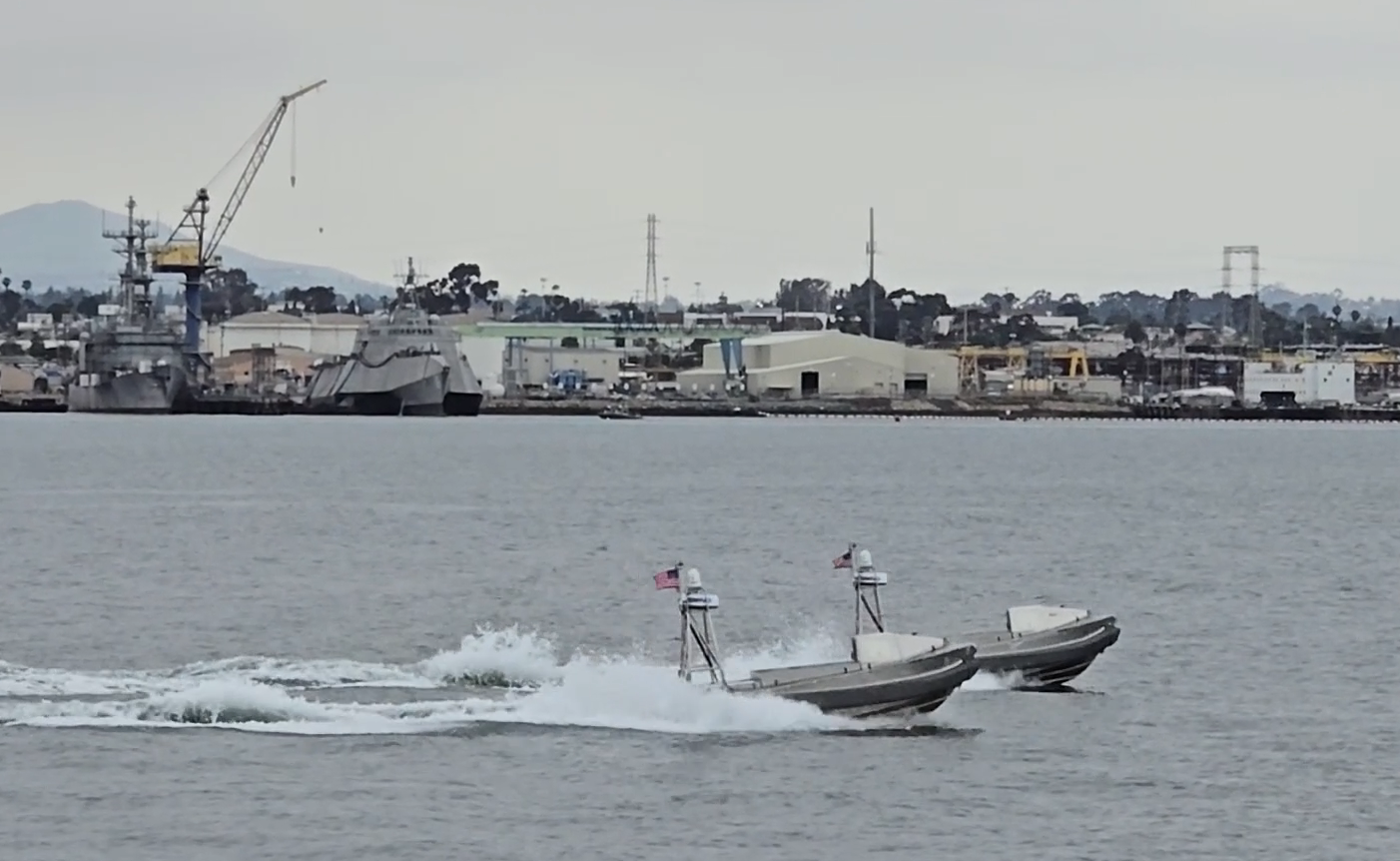Colin Parkinson
Army.ca Myth
- Reaction score
- 11,710
- Points
- 1,160
I am sure a bunch will come back as contractors, while they extract their pound of flesh from DND.They have the same kind of Martech initial training and specialization we went to; they just kept HT as a specialization. I think they split after the equivalent to our QL3, so everyone does a basic rounds package and has a baseline understanding of basic marine engineering and safety for electrical, mechanical and structural, then goes from there.
They actually went down the same path as we did and got rid of shiprights, then added it back in. They specifically recommended we not do that, but we did anyway (to break up the 'stoker mafia').
Still no firm timeline for getting HT/shipwright specialization in place, as it's been 5-7 years for a while, but at least is approved and actively worked on. When we get there though, our trades will essentially line up again.
Which is good, because T26 design and SOPs are based around the RN trades. That includes having DC specialists with the much (much) smaller DC organization, which we are even more limited in after going with AEGIS. Not having HTs actually in place has been passed back to the RCN as a risk for crewing CSC so hopefully that change doesn't stall further. Until we actually have people trained and out of the pipeline it's only a plan.
The hard part there is we are taking so long to do it that the legacy HTs are largely retired or retiring, so we will likely have a hard time finding instructors.
I am not sure where people think we are going to get a new combatant from? Certainly not the US yards. At best we might get a couple ships from European yards, but then be faced with a large training issue on top of all the current training/manpower issues we currently have. Plus I doubt we have the budget to fully arm the fleet with new missiles.








